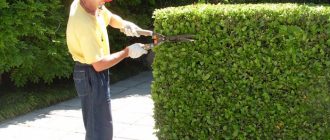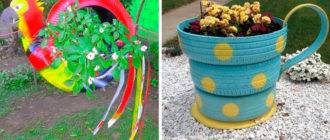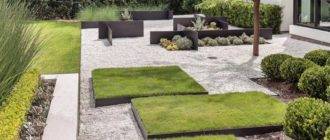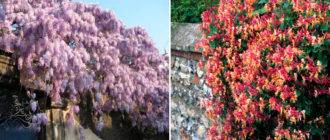If you plan to get a hedge in a short time, you should purchase fast growing plants. Thanks to this, it will acquire a finished look already in the first year after planting.
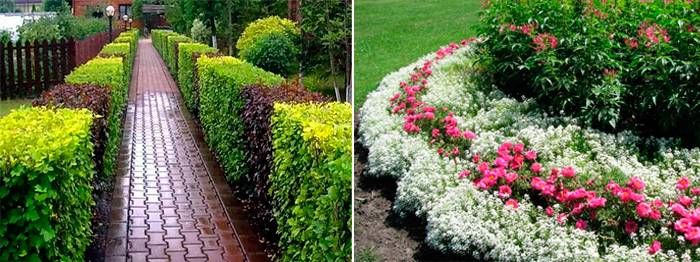
Popular annuals for fast growing hedges
Plant such plants if there is adequate support. Otherwise, there will be difficulties with the design of a green fence. Climbing crops will update the appearance of the site and hide you from the prying eyes of neighbors if the fence is made of a chain-link mesh. This technique is very popular in landscape design, and often the owners of new fences decorate them with blooming climbing vines.
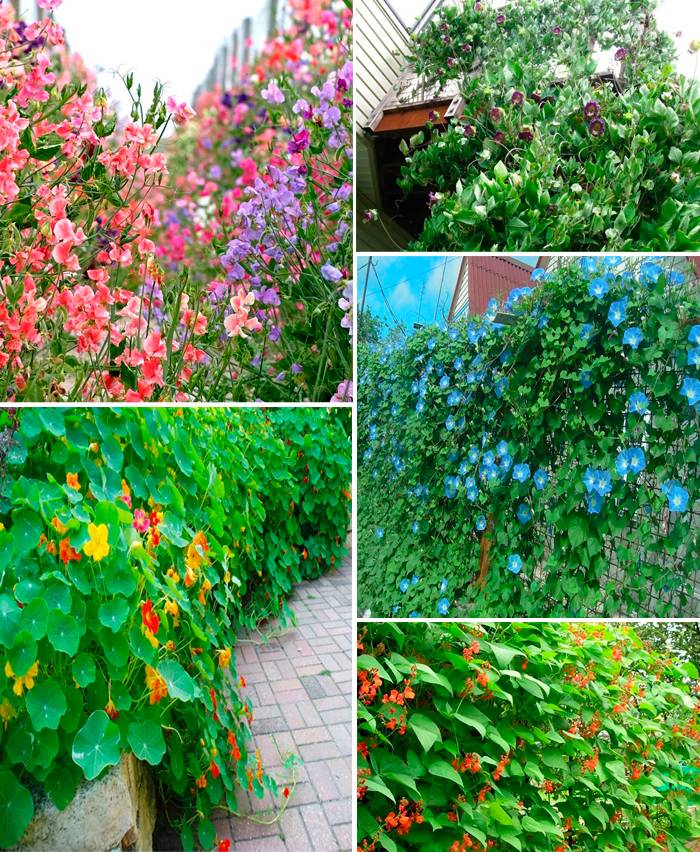
Read the article about choosing plants to create a climbing hedge.
Some of the most popular climbing annuals that can be used to create a hedge include:
- kobei;
- nasturtium;
- sweet pea;
- dolichos;
- decorative beans;
- morning glory.
The advantages of these crops include a long flowering period, density, no need for pruning and garter. The support plays the role of a limiter. Having reached the top, the green growth begins to roll sideways.
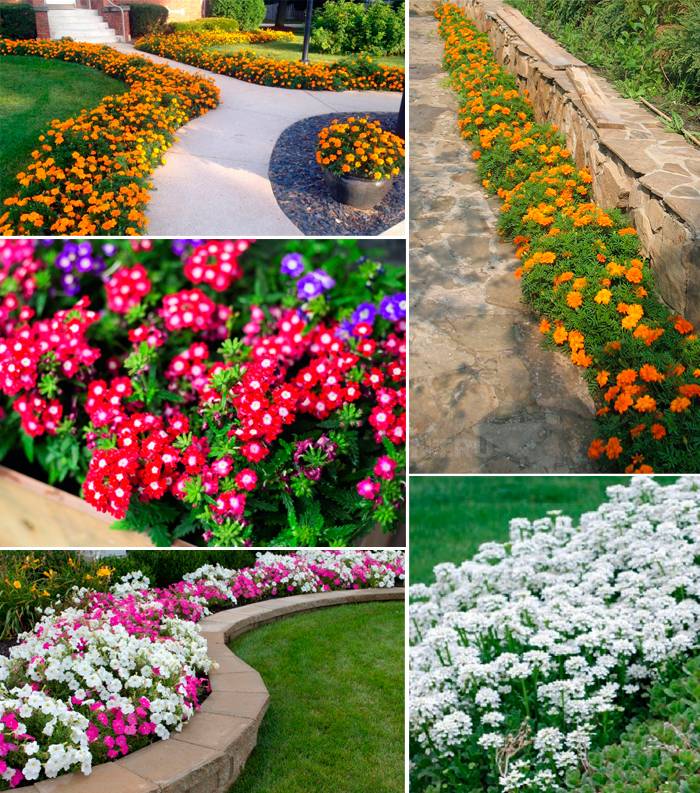
The most popular annual crops used to create curbs are:
- marigold;
- marigold;
- verbena;
- petunia;
- Iberis;
- lobelia;
- alissum;
- cineraria.
Annuals devoid of thorns are most often located on the inside of the site.
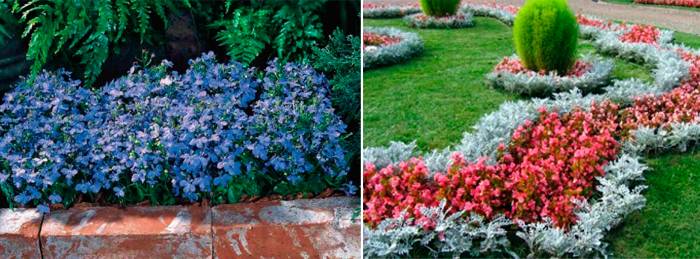
To achieve maximum impermeability, plantings should be dense.
The plants will have to be renewed annually.
Annuals are most often planted using seedlings. This can be explained by the low winter hardiness of the seeds. The likelihood that they will survive the spring frost is rather small.
Fast growing perennials for hedges
To form a green fence, pick up perennials whose crown density and height are at the same level. Thus, you will prevent the difference in the specified parameters. In this way, the fence can be created in 2 years.
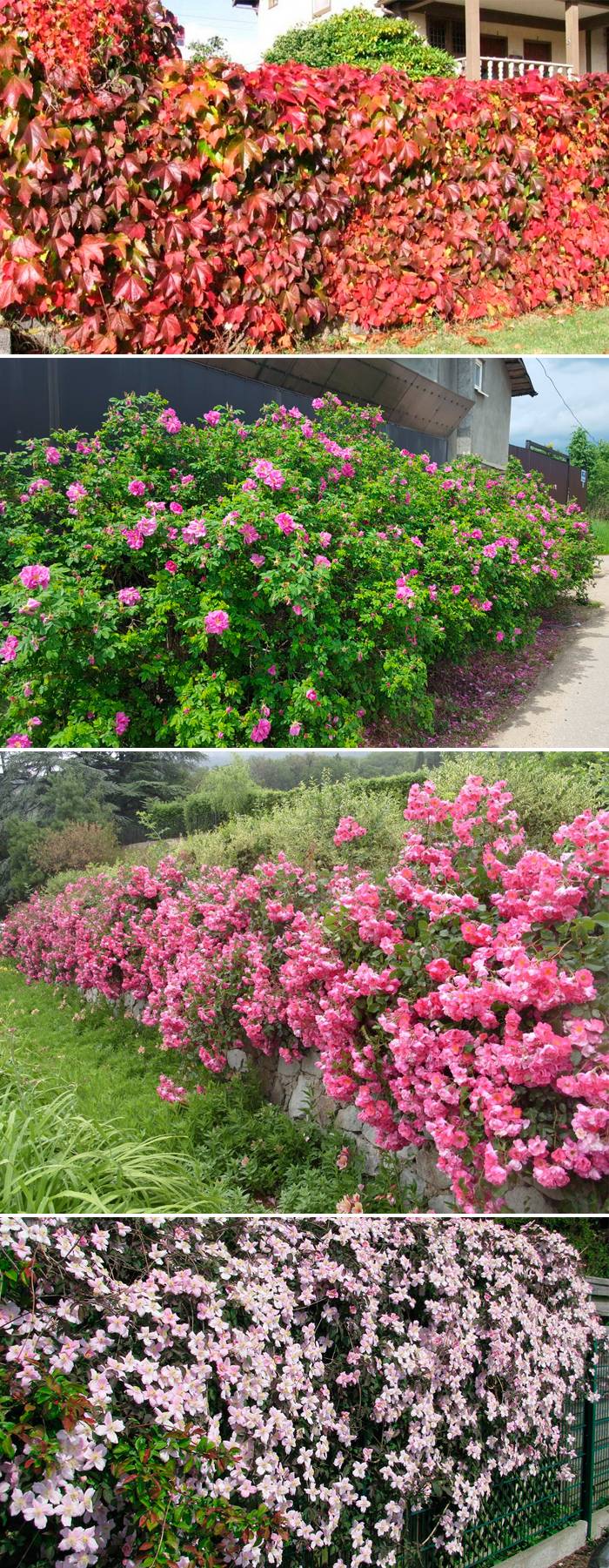
Such plants include herbaceous perennials: paskonnik, Volzhanka; shrubs: maiden grapes, rose hips, clematis, roses, honeysuckle, alpine currants, white-bordered grass, bubblegum, mock-orange and others.
Some species of willow, maple, larch, white acacia and blackthorn are distinguished from fast-growing trees.

Purchase planting material from local nurseries. Plants that sell through them are climate resistant. Consequently, perennials will take root much faster.
Caring for a fast growing hedge
Caring for such crops is not difficult. The complex of agrotechnical measures necessarily includes watering, cutting and feeding. Fertilizers are chosen based on the acidity level and soil type.
Plants will need to be trimmed regularly. Formation is a stage that is strictly forbidden to be ignored. Otherwise, the hedge is unlikely to look neat.
We must not forget that due to fast-growing crops, the beds nearby can be damaged.

